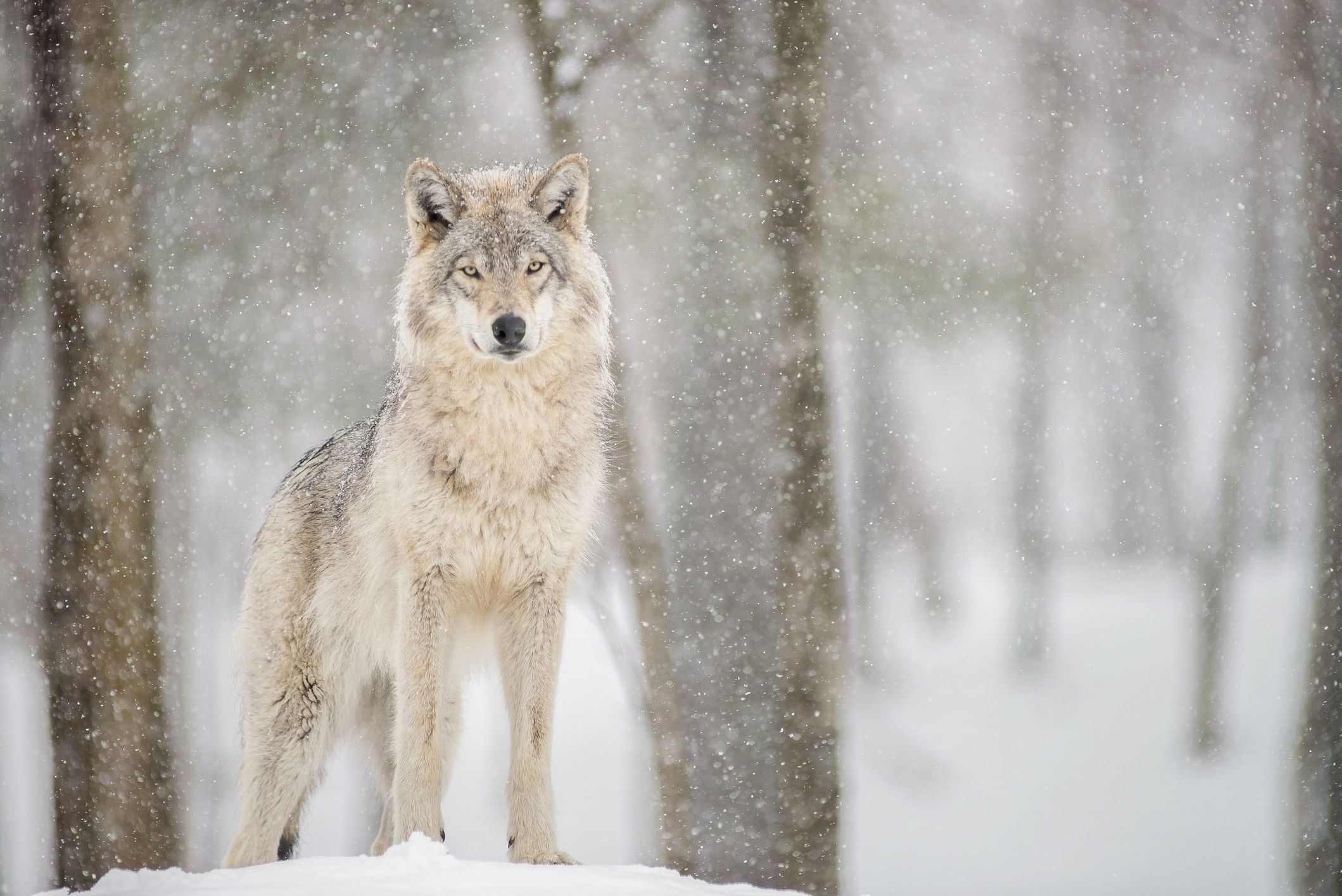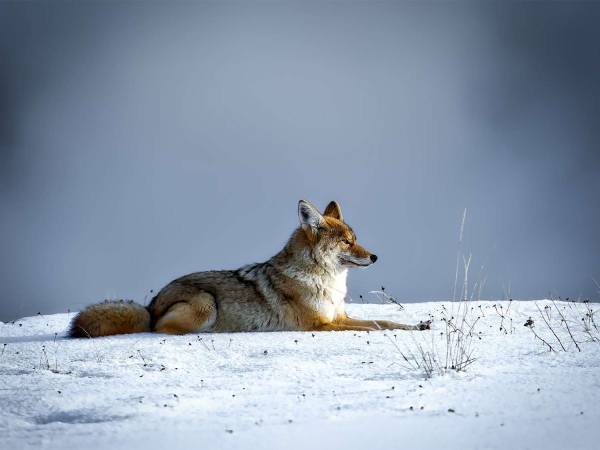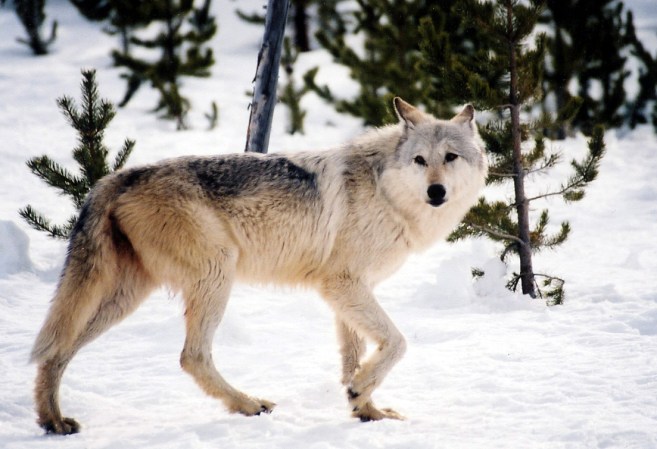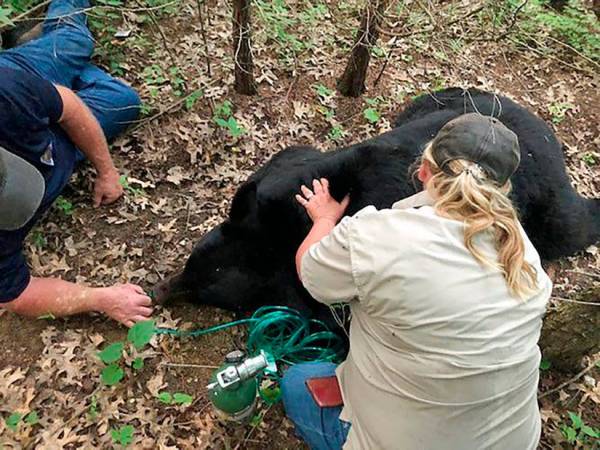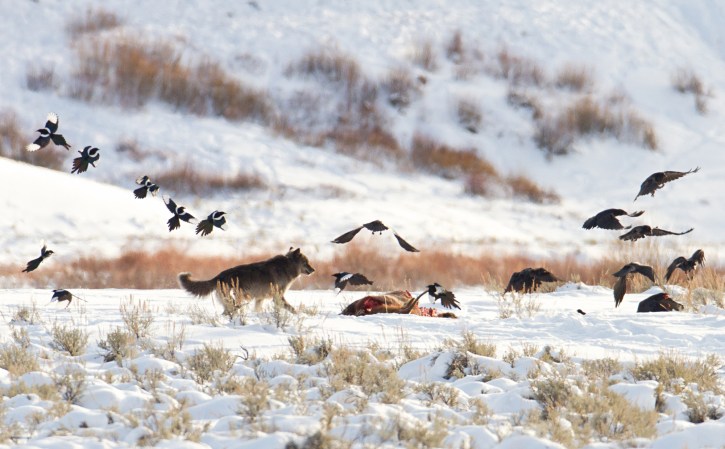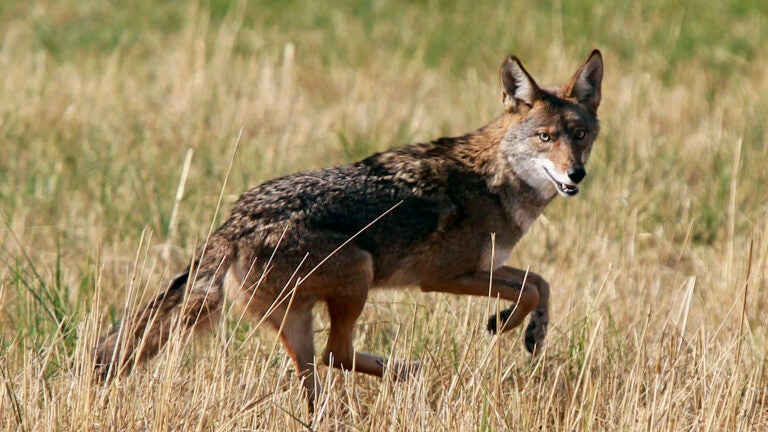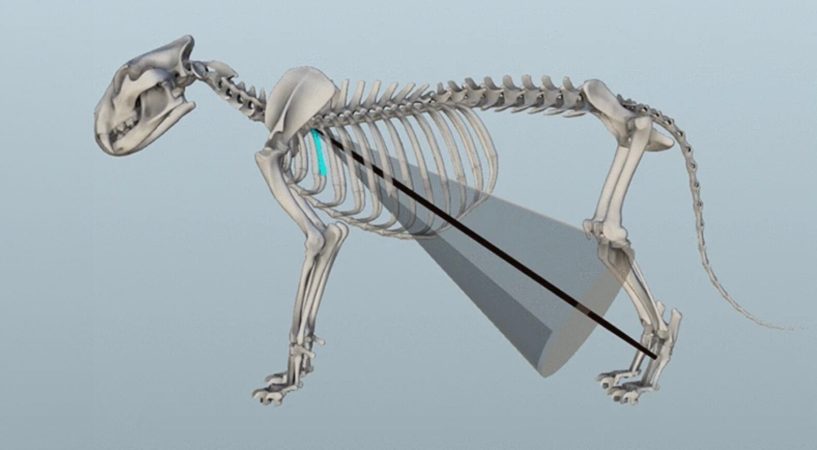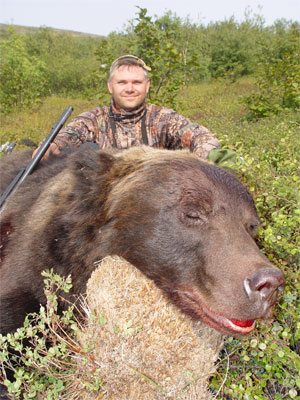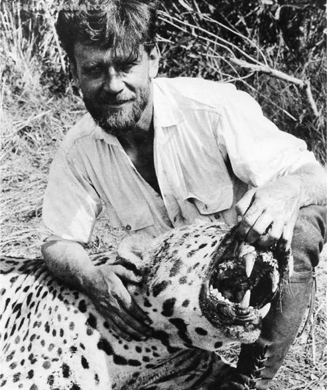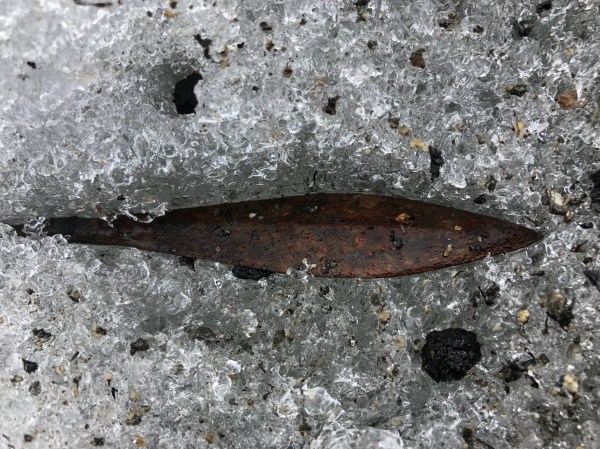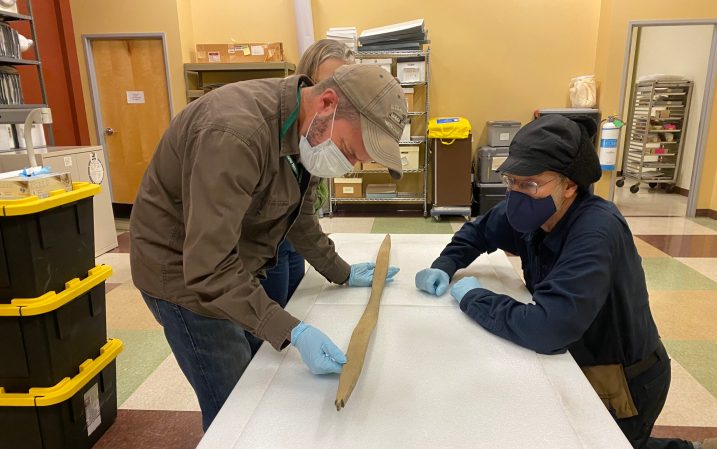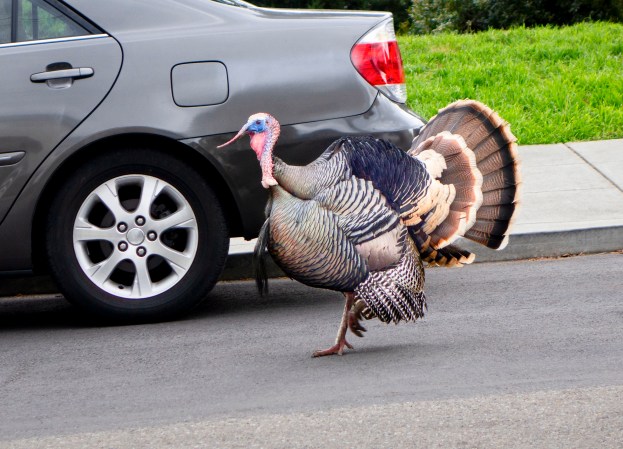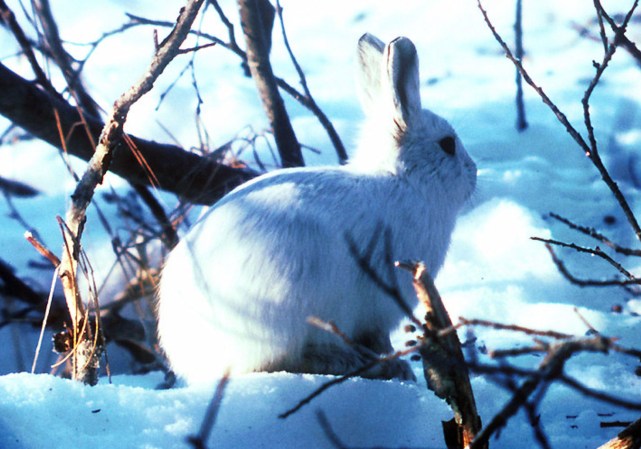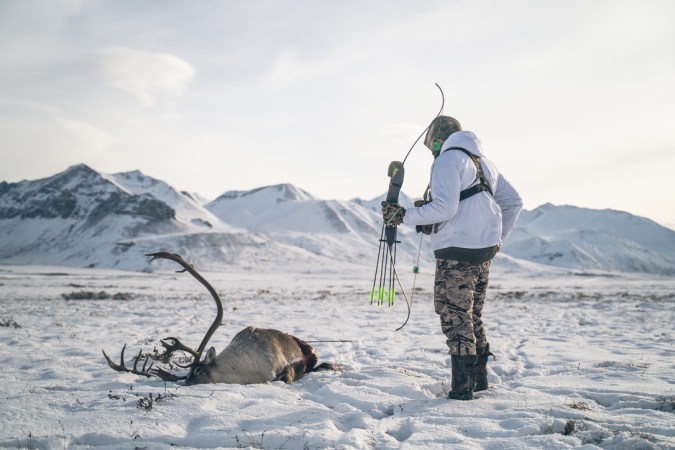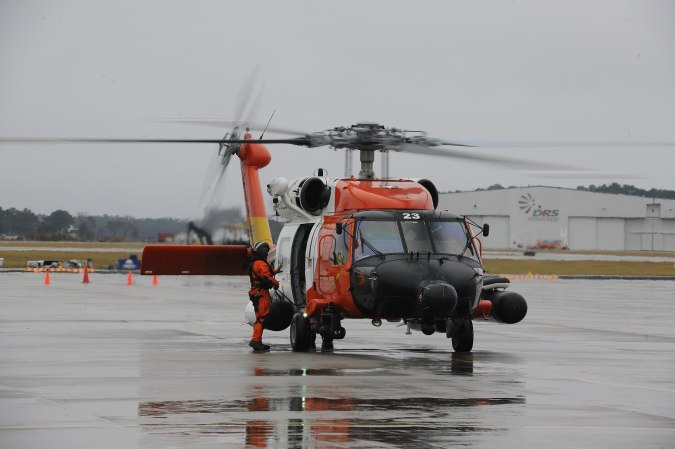A wild canine that was shot by a hunter in Upstate New York last winter has been confirmed to be a gray wolf after a DNA test. The male wolf weighed 85 pounds and was shot near Albany, according to Connecticut’s WTNH-TV8.
The test found that the animal had 99 percent wolf DNA—a mixture of Great Lakes, Northwest Territories, and eastern gray wolf strains.
Joseph Butera, a member of the Northeast Ecological Recovery Society, set up the DNA test after seeing a Facebook post of a New York hunter showing what looked to be a wolf he had bagged last December. Butera contacted the hunter who offered a tissue sample of the animal, which was then DNA tested at Ohio’s Trent University.
“Many of my friends and neighbors in the Adirondacks where I live have spotted wolves and I have seen canid tracks there much larger than that of a coyote,” said Butera to TV8. “How many more wolves have been killed or will be killed in New York State and the northeast if the NYSDEC claims that all of these large wolves are coywolves—hybrids that are predominantly coyotes—because they won’t acknowledge the DNA confirmation that we have wolves here?”
New York State’s Department of Environmental Conservation and other officials in the Empire State do not officially acknowledge the presence of wolves in the state. Authorities have long said that the St. Lawrence River and man-made barriers have prevented wolves from flourishing in New York.
However, TV8 report states that “at least 11 wolves are known to have been killed south of the river (St. Lawrence) since 1993, including wolves killed in New York, Massachusetts, Vermont, Maine, New Brunswick, and Quebec.
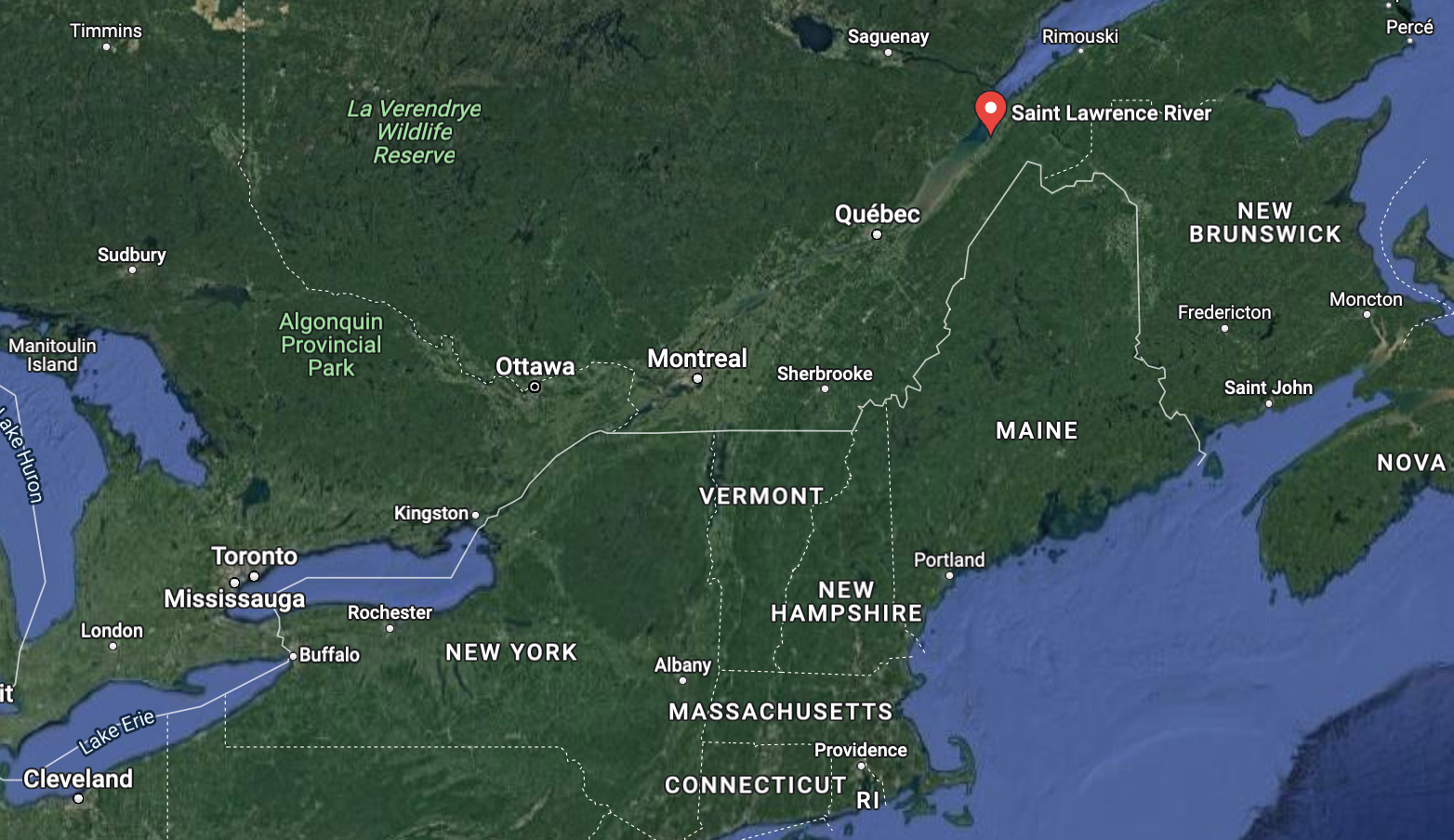
Wolves were documented in Maine by scat collected in 2019. With tens of thousands of square miles of potential wolf habitat in the Northeast, including huge portions of Central and Upstate New York, it seems reasonable wolf populations could spread south from Canada. Quebec is home to approximately 7,000 wolves and Ontario is home to approximately 9,600 wolves though wolves are more rare in the southern regions of each province, which includes the major cities of Toronto, Ottawa, and Montreal.
Coywolves vs. Wolves
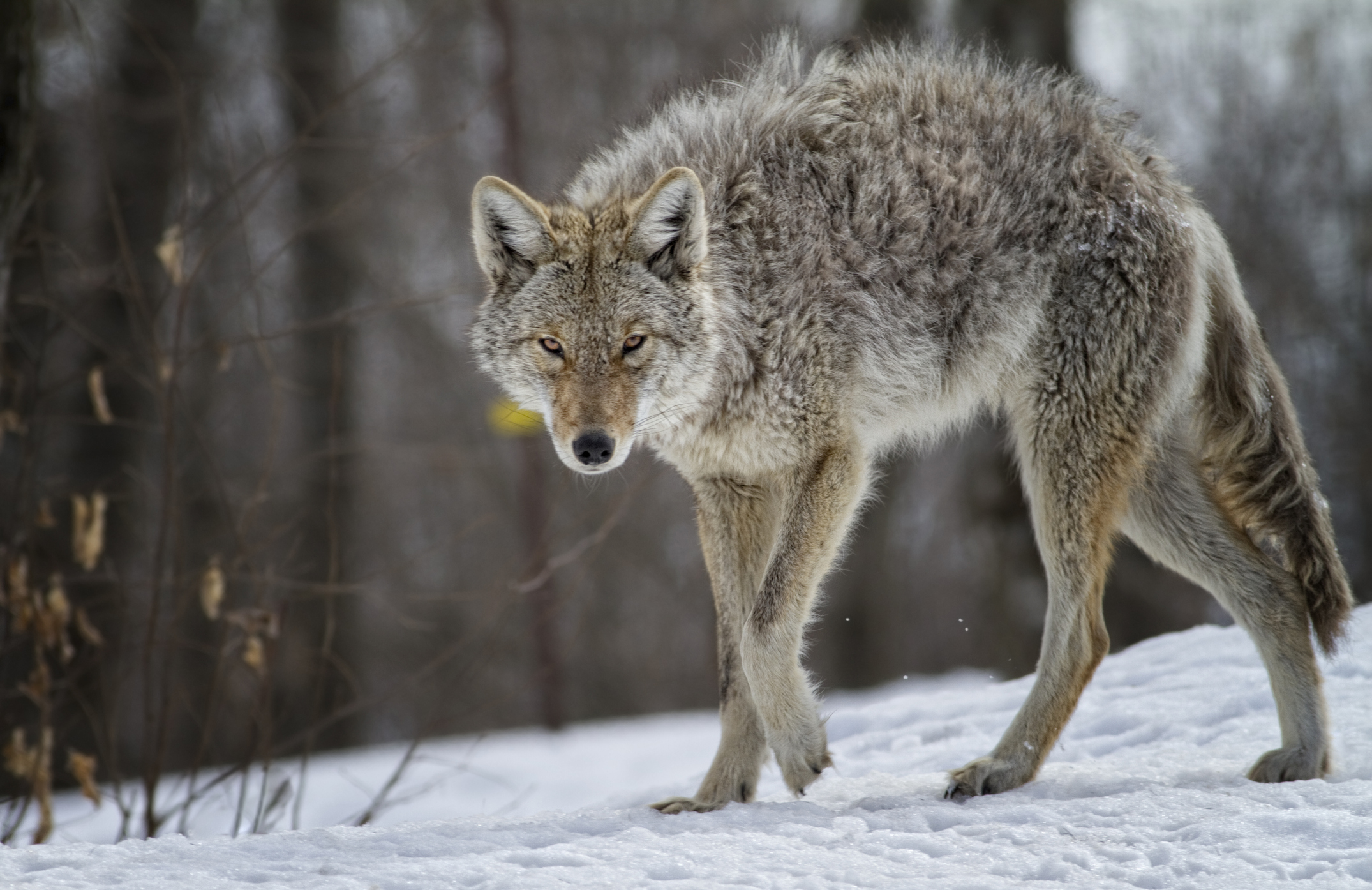
Eastern coyotes found in this region of the country are quite different from Western coyotes. They are larger and more aggressive predators. Eastern coyotes are often called “coywolves,” though that’s not an accurate term.
“The term ‘coywolf’ is very misleading to the public,” Shevenell Webb, furbearer biologist with the Maine Department of Inland Fisheries and Wildlife told Outdoor Life last year. “Eastern coyotes are coyotes. We recognize that some hybridization occurred, but they are not wolves.”
Most samples from genetic studies in Maine were deemed to be of eastern coyote ancestry, but a small percentage had wolf ancestry.
“At some point, both species interbred and that signature is carried in genetics,” says Webb. She also noted one coyote had a wolf ancestry of 89 percent. Interestingly, it was one of the smaller animals in the study, a 27-pound female. Adult male Eastern coyotes typically weigh between 45 and 55 pounds.

